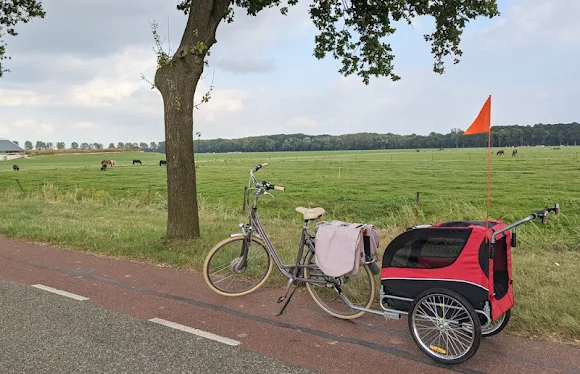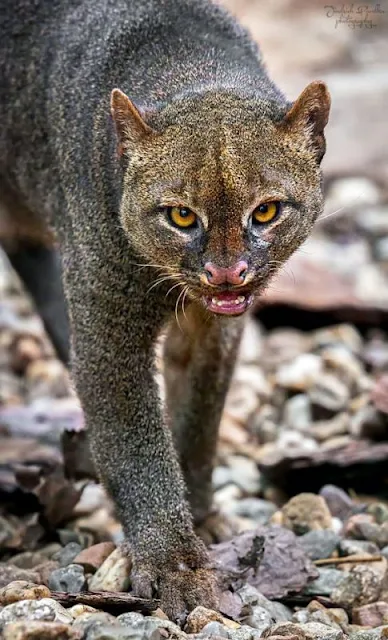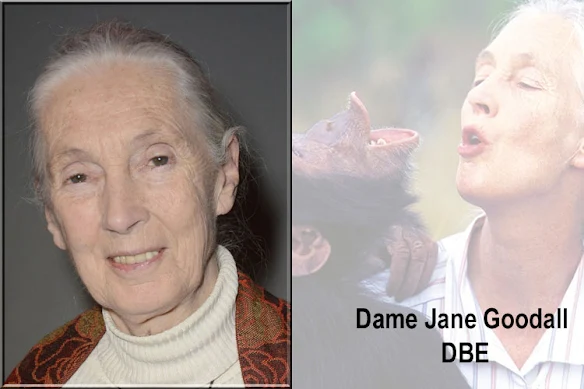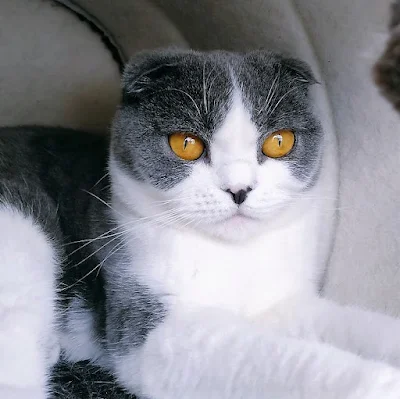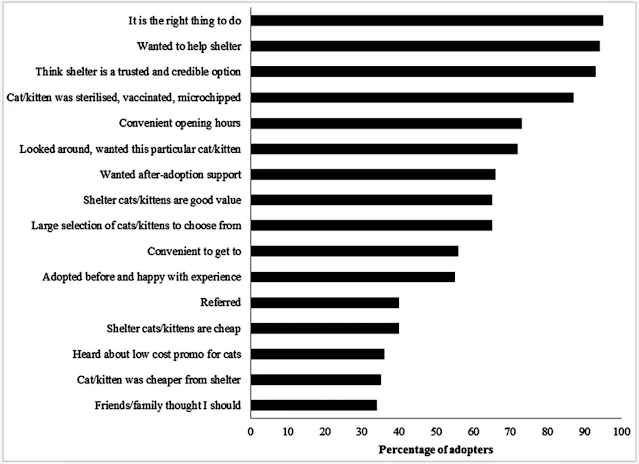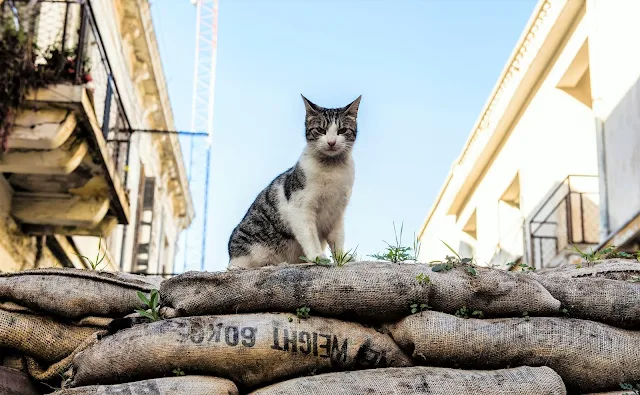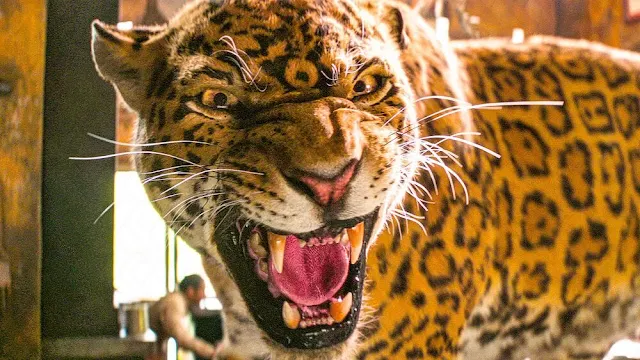Well, the title comes directly from Reddit.com. I kept it intact because I think it's good and the first response that comes to my mind is that there are no ugly cats. I say that even though I have a page on one of my websites in which I show some 'ugly cats'. I defend the cats and the page was written some time ago. I disagree with it now. It's unfair to call cats ugly. We judge appearance by human standards and use stereotypes to do this.
 |
| Leo described as ugly. He is not. Photo: Reddit.com |
You can't apply those stereotypes to cats. They are sentient creatures and you have to look at the character as more important than the appearance. And if a domestic cat is physically ugly by human standards it can only be because the cat was selectively bred to extreme by a cat breeder who has screwed up and created a cat with an undershot jaw or bulging eyes because they did a very bad job of artificial selection. So, it's a human fault. Or the cat might have been involved in an accident which causes an injury to the face. Under these circumstances it is unfair and unkind to call a cat ugly.
Associated page: There is also cat colour personality type stereotyping - click to read about it.
There are numerous reasons why a cat might look ugly, by our standards, but none of them justify calling the cat on this page ugly. We need to be more sensitive and tender towards fellow creatures.
An interesting point is that the Reddit user who published the photograph shows us a tabby cat who is distinctly not ugly by any standards. This is a perfectly normal tabby cat don't you agree? Many other Reddit users who commented on the picture say that he is handsome. But the question did provoke a heated debate which resulted in the comments section being shut down.
A moderator on the Reddit.com website said the following: "I am afraid to say that I have to lock the comments till this calms down. Be humane to others". And there are 637 comments so I can't read them all to find out what went on, but clearly people got a bit heated. However, the general gist, from what I have seen, reflects what I have said above. They think the cat is handsome and you can't call cats ugly because you got to look at the whole including their personality.
I think the problem was that people who commented started to attack the sister who said that this cat was ugly. It was unnecessary to do this, but for the life of me I can't see how the sister could describe this cat as ugly. They have strange standards. Perhaps they've been looking at too many humongous, awesome, Maine Coon cats which are outstanding. Perhaps they've been trawling through the Internet looking at all these high-profile purebred cats so that a humble moggy tabby cat suddenly looked ugly to them. I'm afraid she's wrong.
A lot of the purebred cats, which have a wonderful appearance, will probably be suffering in middle age and beyond with inherited health problems. Moggies are generally healthier than purebred cats. That's a factor when you assess beauty.
What do you think? Please comment. Thanks.
